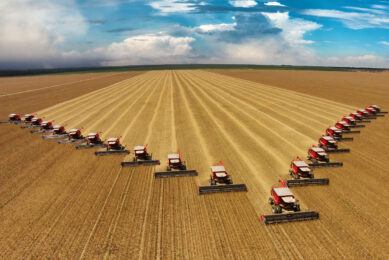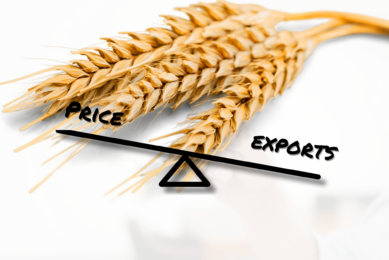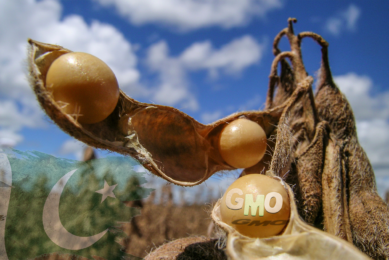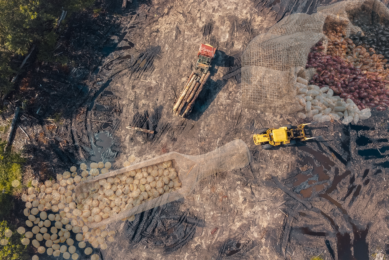Larger stocks weaken soybean prices
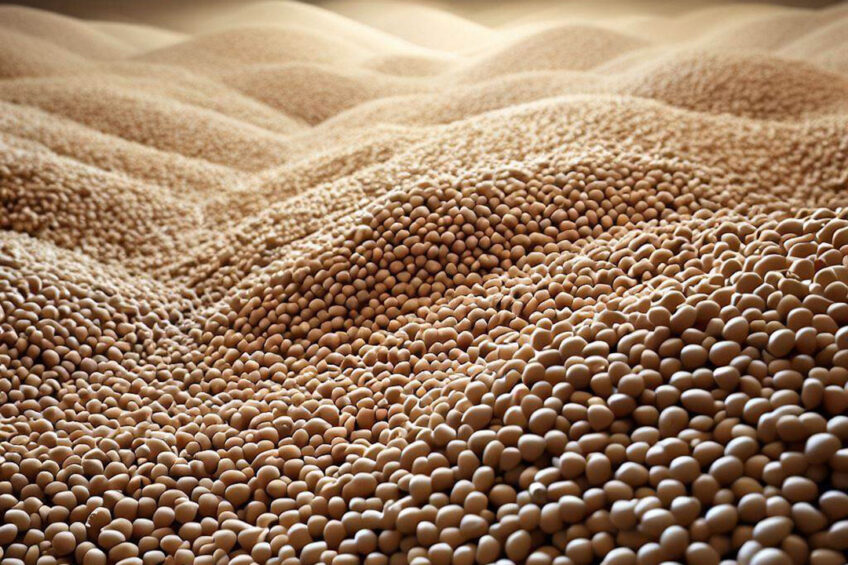
The International Grains Council (IGC) estimates that world soybean production will increase by 4% in 2022-23 compared to a year earlier. Consumption is also increasing, but this does not compensate for higher production, which means that global closing stocks are increasing.
In Brazil, most of the soybean area (90%) has been harvested. Several analysts estimate Brazilian production at 154 million tons of soybeans. Growers are being encouraged to sell in large volumes as cooperatives and grain companies are tight on storage space. The Brazilian supply on the world market, in combination with large stocks, puts pressure on the price of soybeans. At the beginning of this week, the IGC price index for soybeans was 269 points (January 2000 = index 100), 21% lower than a year earlier.
US soybean harvest
In the long term, a good harvest is also expected in the United States, which means that price pressure is expected to continue. Soybean sowing operations are progressing well in the US. Last weekend, 9% of the US acreage was sown. This means that the activities are ahead of the 5-year average of 4% on the reference date of 23 April.
Larger acreage of rapeseed in Canada expected
For oilseed rape, the eyes are mainly on Canada. A larger area is expected there and the sowing season has started. Last week, canola futures market prices in Winnipeg were supported as adverse weather slowed sowing work.
Rapeseed in Europe
Rapeseed grows well in Europe. This is evident from the latest Mars report of the Joint Research Center (JRC), the scientific agency of the European Commission. The average rapeseed yield in Europe is 7% above the 5-year average. The average hectare yield of rapeseed for harvest 2023 is estimated at 3.31 tonnes. Compared to the previous monthly forecast (March), the European yield per hectare has been adjusted upwards by 1%.
Rapeseed is doing well in the Benelux. The early varieties are in bloom and disease pressure is low. In Romania, the rainfall was favourable for rapeseed crops. In Poland, some cereal crops have suffered frost damage. But for the rapeseed crop it is still too early to see whether the frost has caused damage, JRC indicates.




